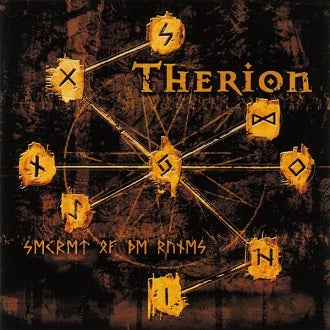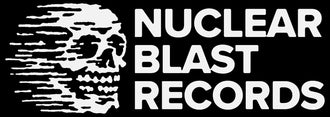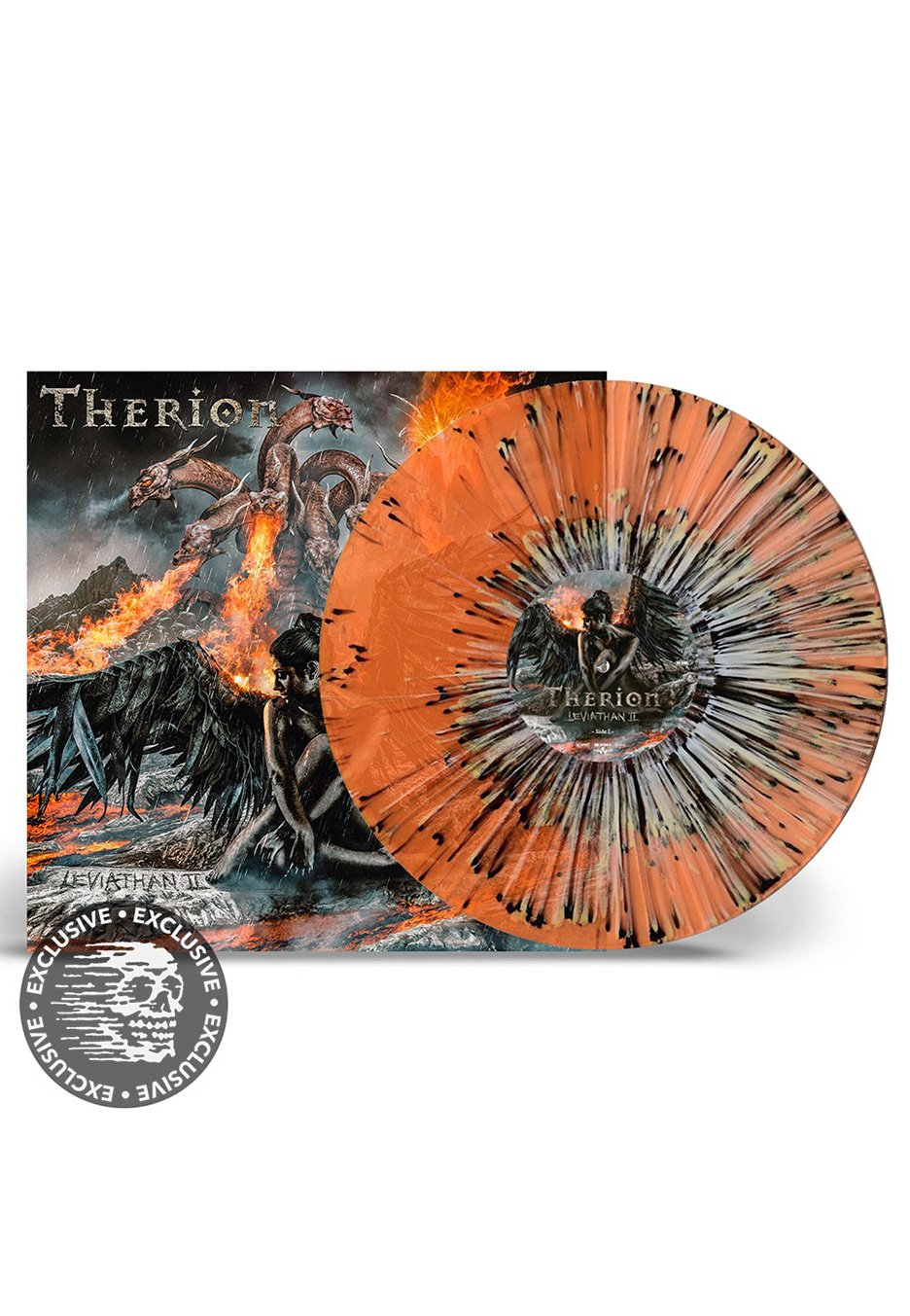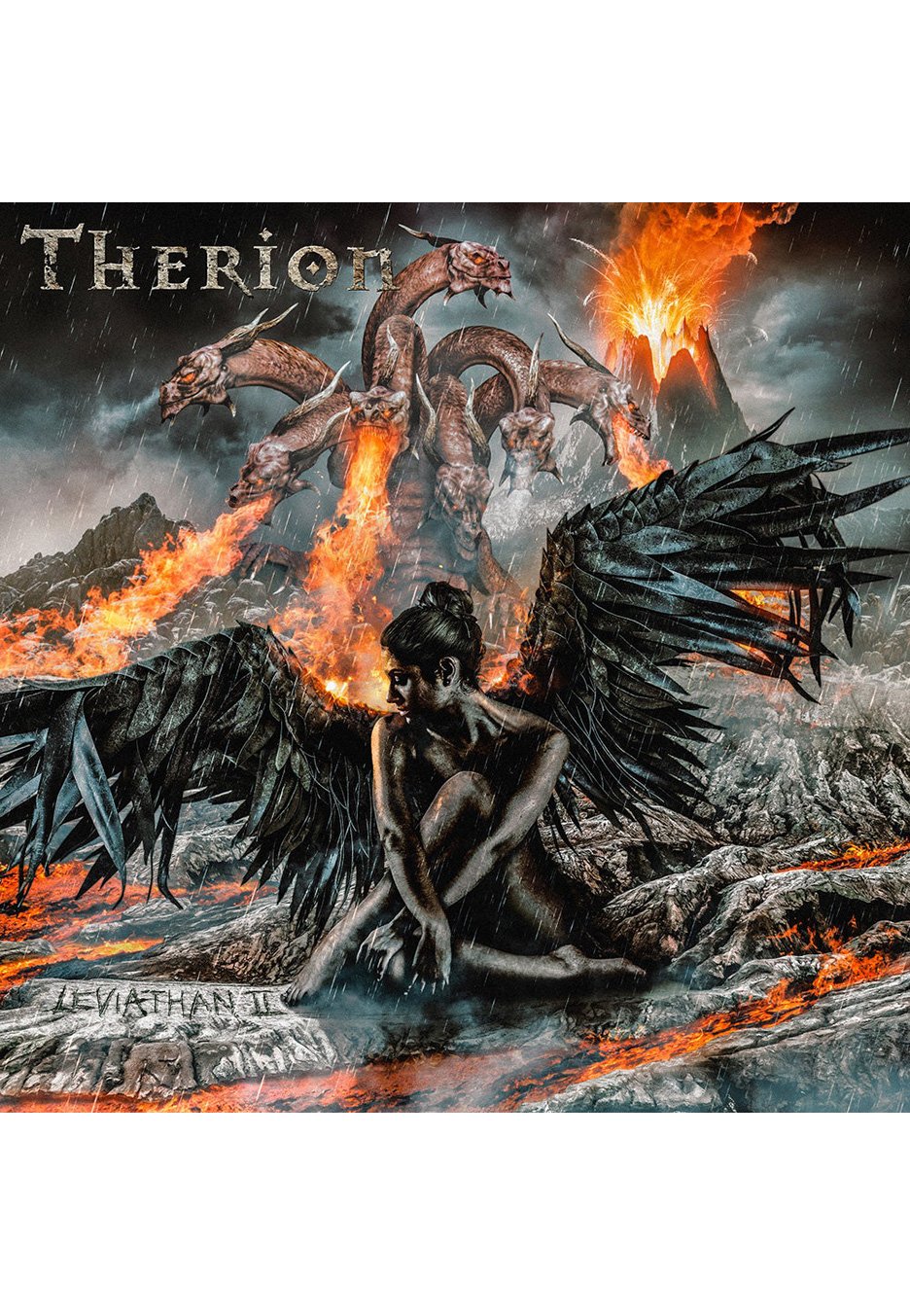
Therion
Secret Of The Runes
Release:
Tracklist:
- Ginnungagap
- Midgard
- Asgard
- Jotunheim
- Schwarzalbenheim
- Uusalfheim
- Muspelheim
- Nifelheim
- Vanaheim
- Helheim
- Secret Of The Runes
Therion’s rise to the top of the gothic and metal scenes started with their breakthrough album Theli (1996). On this album they combined classic and metal effectively for the first time. They had big choirs and a lot of classical instruments included on this masterpiece. Over the years, Christofer and his mates focused more and more on this classical thing but without losing their metal roots. With their last album, Deggial, they achieved their biggest success. Chart entries in several countries (Germany, Netherlands, Finland, Poland just to name a few) marked their status as a huge force in the scene. Deggial easily had the best production with all the different instruments and choirs coming through strong and clear.
That’s what we thought ‘til today, but now Therion has recorded their coup de grace, Secret of the Runes, and set new standards. 'Secret of the Runes' is the next step in recording songs with choirs and orchestra. It is a concept album about.… Well, it would be best to read the following comments from mainman Christofer Johnsson about 'Secret of the Runes'!!!
“The concept of the new album is based on the ancient Nordic tradition. In this tradition exists a world tree called Yggrasil. This tree consists of nine worlds on which the album is focused around. The songs describe each of the worlds. However, it is also a prologue and an epilogue. The prologue “Ginnungagap” is the void of creation, where the world once was shaped. The giant Ymer was slayed and the land was created from his body and the seas of his blood.
The epilogue is the title track, which is the quintessence of the whole concept: Odin’s journey when he was hanging himself from Yggrasil for nine days and nights. He then received the knowledge of the runes. The word “rune” (or “runa” as it is called in Swedish) means “secret,” and therefore the meaning of the title is “The Secret of the Secrets.”
The secret hidden in the concept of runes is that they are more than just letters to write with; they are also magical signs that each has an esoteric meaning. Runes have existed in various forms and in different traditions. The Nordic tradition is based on the “Futhark” or more rarely the “Uthark.”
The Nordic tradition is the most well-known and today basically the only one used among serious occult groups and pagan believers that are using runes, and it should not be mixed up with the other existing ones, even though a few of the rune letters in the different rune alphabets may be the same or look a bit similar.
The themes in many Librettos of Richard Wagner were based on the myths and legends from the Nordic-Germanic tradition. Wotan is just another word for Odin. So as the musical influence from Wagner is huge; it is very suitable using related lyrical contents on this album.” Christofer Johnsson / August 2001
Therion
Musik & Merch
Sichere dir dein Exemplar von Secret Of The Runes und vielen weiteren Releases.












